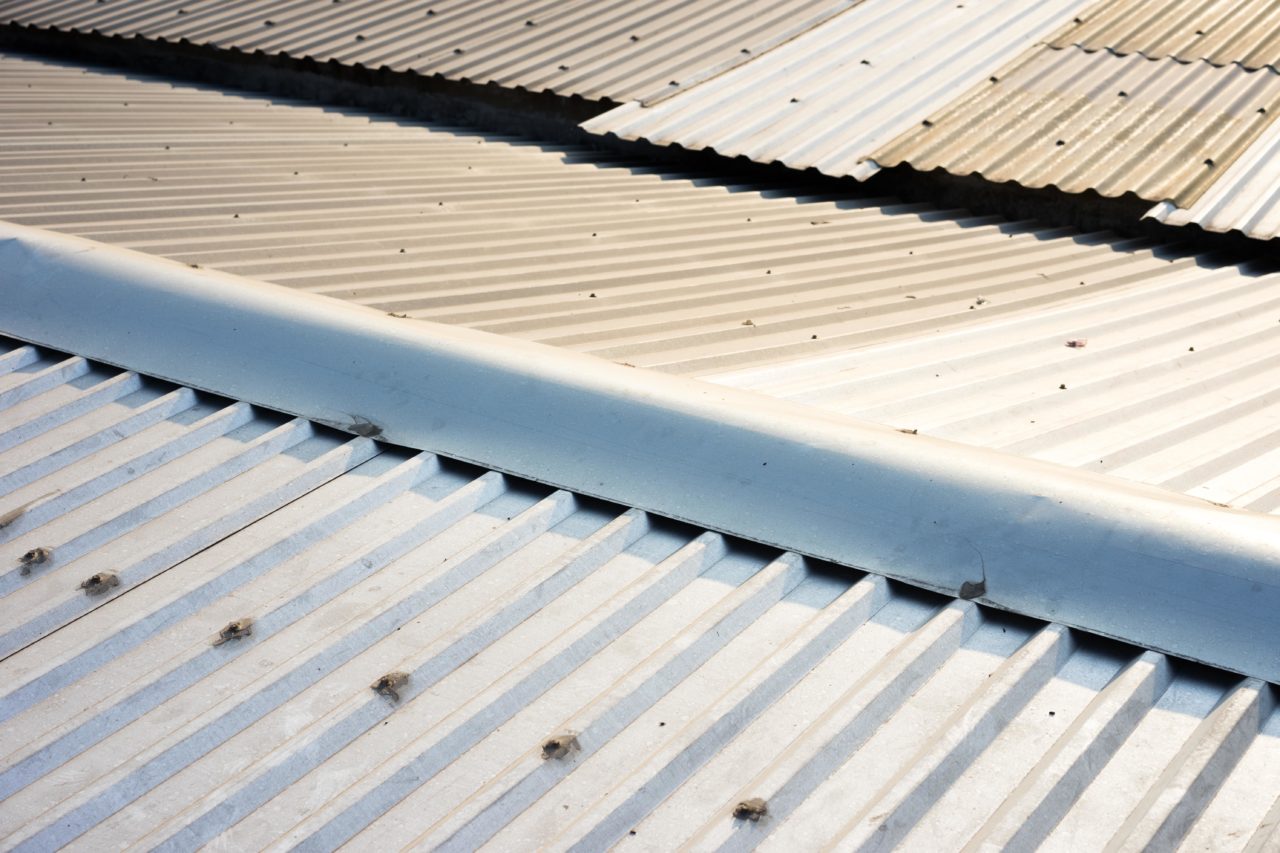Rust isn’t necessarily something that needs to be removed, despite being undesirable on gardening equipment and outdoor furniture. In fact, as rustic and industrial design styles gain popularity, more and more people are loving the appearance of aged metal, to the point that it promotes corrosion on more recent metal household items. Naturally, iron and iron alloys like steel and iron rust when exposed to moisture and oxygen, but crafty do-it-yourselfers can hasten the process and obtain aged metal highlights earlier by concocting a special rusting solution.
Homeowners have been striving for an old-fashioned, rustic aesthetic that pays homage to their origins. They must maintain this look both inside and outside their home or place of business. To do this, owners make use of antiques, old-growth wood, and rustic roofing and siding. The deliberate rustic look is growing more popular among homeowners, and now it is also becoming more popular among business owners. Property owners now prefer various options to the same old boring color scheme.
Bonderized steel is actually Galvanised G90 that has had a phosphate bath, been coated with Chromate, and allowed to dry so that it is prepared to accept paint. The procedure yields a finish that is dull grey in hue. “Paint Grip” is another name for bonderized. It is well-liked in the rainwater goods sector and is designed to be painted. Rain gutters, downspouts, roof flashings, and roof valleys are typical applications for Bonderized.
Recently, architects have used Bonderized siding and roofing materials instead of painting the steel. This is done to create a lovely faded dull grey appearance. While most people stick to one hue, you can mix these colors in different places to give depth and contrast while also increasing the value of your home. If you follow these simple instructions on how to rust metal, you may change any object around your home.
Set up your workspace
On a hot day, take the metal object you wish to rust outside to a yard or an open garage. The rusting process is sped considerably by direct sunshine. Additionally, vinegar and hydrogen peroxide might release a significant amount of fumes, so you should work in a well-ventilated area anyhow.
If required, take the paint off
If your metal is painted, follow the manufacturer’s directions and use a paint remover to remove the paint from the whole surface of the item. Using a paint scraper, gently remove any last bits of paint.
Use fine-grit sandpaper to polish the metal
With fine-grit sandpaper, lightly sand the whole surface of the metal to remove any protective coating that could be present and keep the item from rusting. Place the item to be sanded in the middle of a plastic container that is either resting on concrete or a flat work surface in the garage.
Spray some white vinegar on the metal, then wait a while
Pour white vinegar into a plastic spray bottle, put on gloves and safety goggles to protect yourself from spills, and liberally spray the metal.
Allowing the item to sun-dry naturally (five minutes or longer depending on the size of the object). As it dries, the acid in the vinegar will start to corrode the metal’s surface, and rust will start to show.
Apply a mixture of vinegar, salt, and hydrogen peroxide
Fill a disposable spray bottle with two cups of hydrogen peroxide, four tablespoons of white vinegar, and 1.5 teaspoons of table salt. Stir the contents of the bottle ferociously. Spray the solution over the object to cover it partially or entirely, depending on the desired effect, after the salt has dissolved. On coming into touch with the metal, the peroxide should start to bubble, and rust should start to form right away. Depending on the size of the thing, allow the piece to air-dry in the sun for an additional five minutes or longer.
Your metal object should get a slight corroded patina with just one application of the solution. The application of this rusting solution should be repeated up to four more times, though, for richer and more noticeable rust.
Use a transparent acrylic sealer to protect the metal
Finally, spray the dry rusty object with a thin layer of clear acrylic sealant. Even though the spray can state that the sealer you’ve chosen prevents rust, your work won’t be undone by it. It provides an acrylic barrier that prevents it from accidentally staining any other metal or wood with which it comes into contact in the future, setting the rust and maintaining the aged appearance for years to come.

